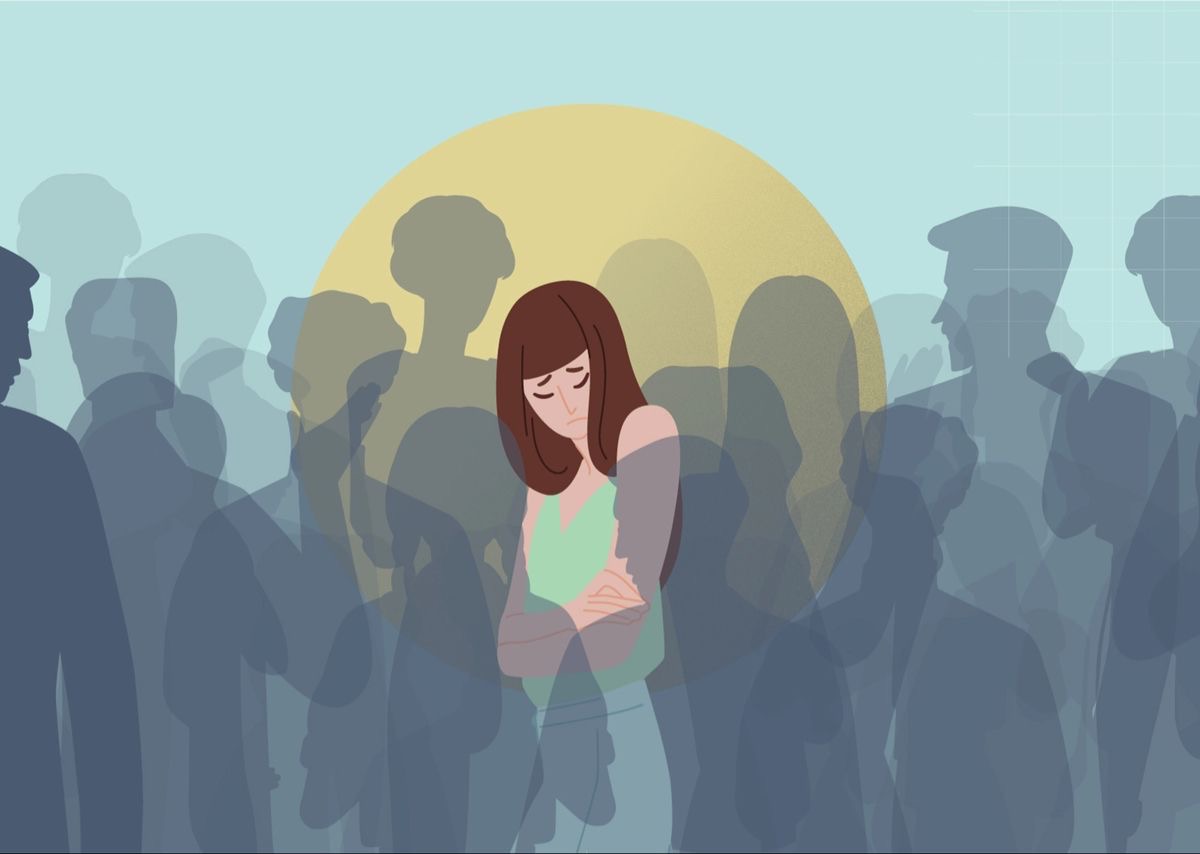Trauma Adaptations Disguised as People-Pleasing – When Someone Else Is Upset—and You Feel It in Your Bones

Have you ever found yourself tensing up the moment someone else gets upset—your stomach knots, your chest tightens, your mind scrambles to figure out what’s wrong—even though you know you haven’t done anything?
If this sounds familiar, you’re not alone. In fact, this reaction often stems from something much deeper than a fleeting moment of discomfort. It’s your nervous system doing exactly what it was once trained to do: to make things better, fast.
This isn’t just about being kind or empathetic. It’s about survival.
The Hidden Programming of Hyper-Attunement
Many of us—especially those who grew up in unpredictable or emotionally charged environments—learned early on to prioritize other people’s emotions over our own. We became experts at reading the room, sensing mood shifts before they were spoken, and adjusting ourselves accordingly.
Why? To keep the peace.
To keep the connection.
To stay safe.
In such environments, love and safety often felt conditional. So we learned to downplay our needs, to soothe others before soothing ourselves, and to believe that fixing emotional turmoil was the same as being safe. Over time, this became second nature—your nervous system wired itself to track and respond to others’ distress before you could even process your own.
Trauma Adaptation, Not a Flaw
Even now, in relationships that are safe and healthy, you might notice that same old pattern showing up. Your body still flinches when someone raises their voice. Your mind goes into overdrive trying to solve what might not even be your problem. You abandon yourself, emotionally, just to calm things down.
Let’s be clear:
This is not a personal flaw. This is a trauma adaptation.
It’s your nervous system doing what it learned to do to keep you safe. But here’s the good news: what was once adaptive can now be gently unlearned.
Reclaiming Your Emotional Boundaries
One powerful way to start unwinding this pattern is through intentional, compassionate pauses—tiny moments that create space between stimulus and response.
Here’s one simple yet transformative sentence to try the next time you feel yourself getting pulled into someone else’s emotional storm:
“I’m allowed to stay with me—even when they’re upset.”
Say it slowly. Feel what happens in your body as you give yourself permission to stay rooted in your own experience. This small act of self-reminder can interrupt the cycle of emotional fusion—where you merge your internal world with someone else’s distress.
This pause doesn’t make you cold or detached. Quite the opposite—it allows you to show up with clarity, compassion, and boundaries. It helps your brain practice internal safety instead of relying on external hyper-attunement.
Building Your Inner Safe Space
Learning to stay with yourself is a practice. It’s a shift from automatic people-pleasing to intentional presence. From survival mode to self-connection. And it begins with understanding that you are not broken—you are healing.
If you’re looking for tools to support this process, consider exploring guided practices, somatic regulation techniques, or emotional regulation workshops. These resources can help you reconnect with your inner sense of safety and begin the journey home to yourself.
Remember:
You are allowed to belong to yourself. Even when others are upset. Especially then.



Comments (0)